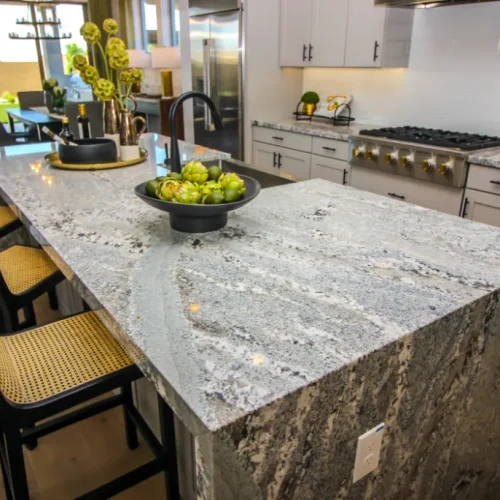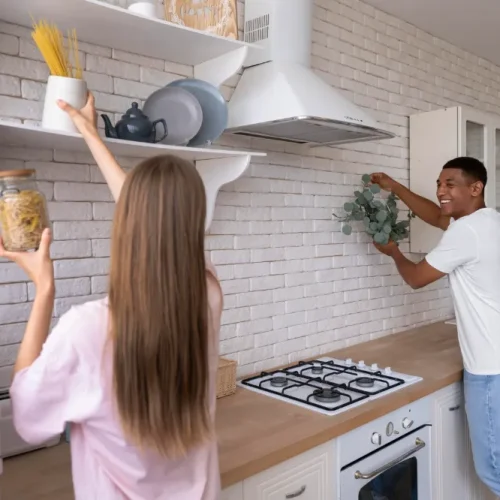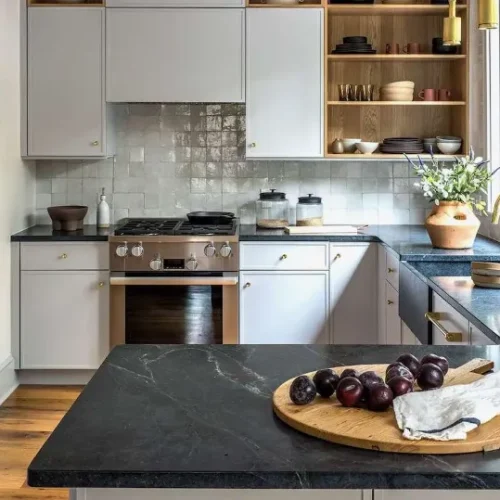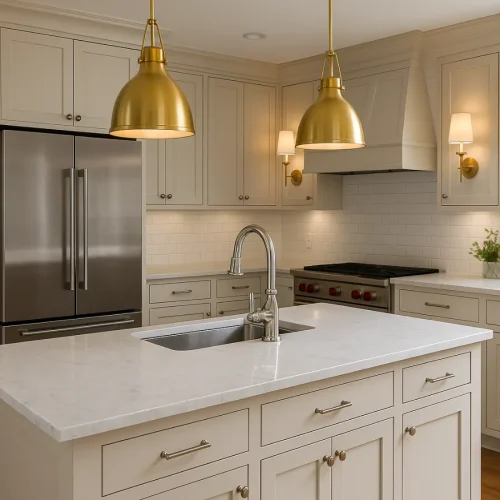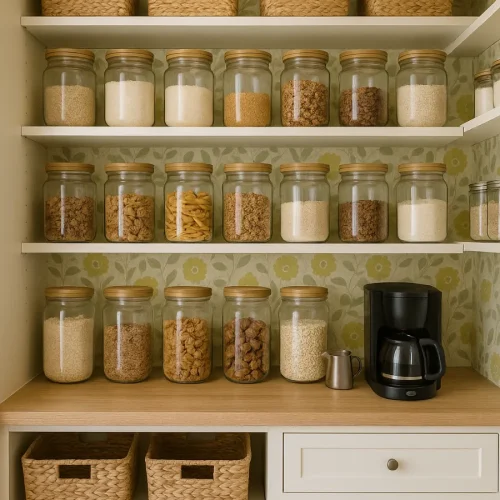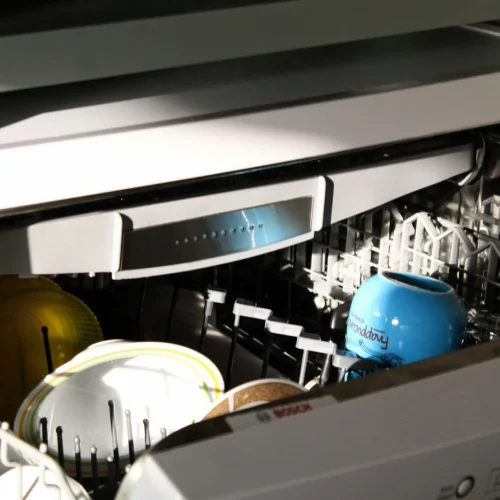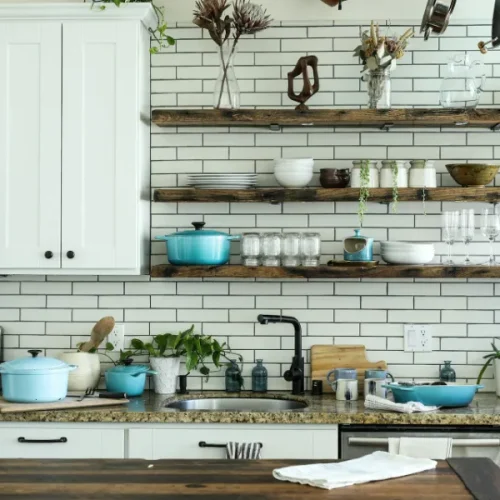If you’ve ever opened your pantry and felt like you were staring into a black hole of half-empty boxes, crushed chip bags, and expired soup cans, you’re not alone. Learning how to organize a pantry closet is a game-changer. Not only does it save you money (no more buying duplicate pasta bags because you can’t find the first one), but it also reduces stress and makes cooking more enjoyable. A pantry closet is the heartbeat of a kitchen—when it’s organized, everything else flows better.
Whether you’re working with a tiny pantry closet tucked behind a door or a spacious walk-in, these strategies will help you transform clutter into calm. Let’s dig in.
Assess and Declutter
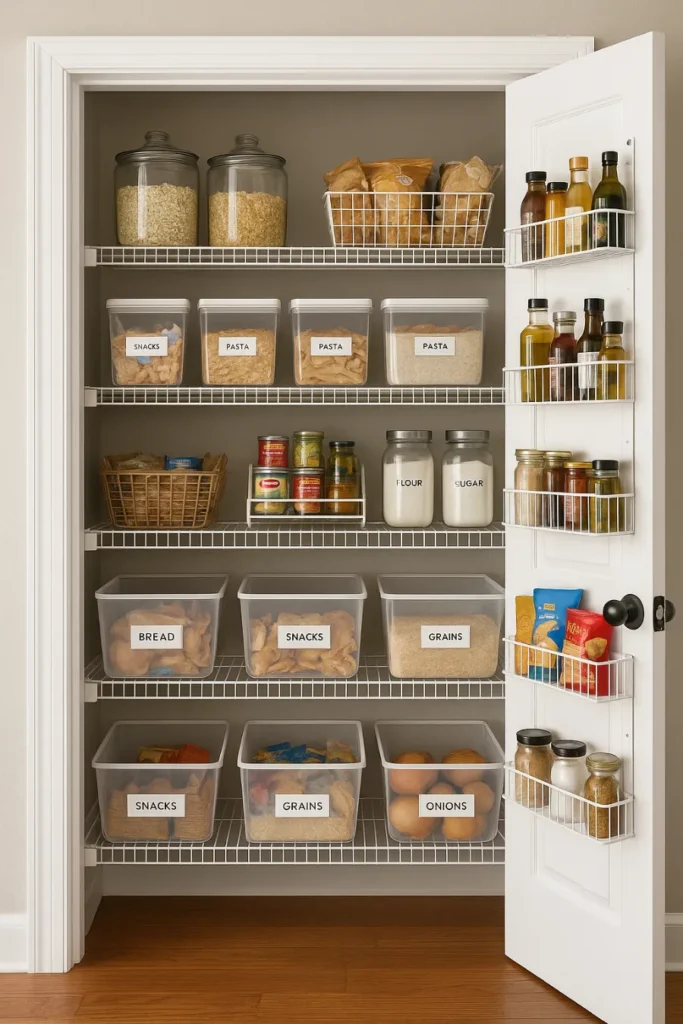
The first step to how to organize a pantry closet is simple but necessary: take everything out. Yes, everything.
Lay it all on the counter or floor so you can see what you actually own.
- Check expiration dates. That can of beans from 2018? Gone.
- Toss anything stale or questionable.
- Donate unopened, non-perishables you know you won’t eat.
This step sets a clean slate and prevents you from wasting valuable space on items you’ll never use.
Group and Categorize
Now that you’re left with the essentials, it’s time to create order. Think of your pantry as a mini grocery store with zones.
- Snacks Zone: Chips, crackers, granola bars.
- Baking Zone: Flour, sugar, cocoa, baking powder.
- Canned Goods Zone: Beans, tomatoes, soups.
- Breakfast Zone: Cereals, oats, pancake mix.
- Spices and Condiments Zone: Oils, vinegar, sauces, seasonings.
Keep things you use daily within arm’s reach, and put specialty or occasional items (like holiday sprinkles or rarely used oils) higher up. When everything has a home, restocking and cooking become effortless.
Containers and Storage Solutions
One of the most effective ways to make a pantry feel polished is by investing in containers. This is the secret sauce to how to organize a pantry closet so it looks good and functions well.
- Clear Bins: Perfect for snacks, pasta, or baking supplies. They let you see what you have and prevent clutter from spreading.
- Glass Jars: Store grains, rice, nuts, and pasta. They look beautiful and keep food fresh.
- Airtight Containers: Essential for flour, sugar, and cereals. Bonus—they stack neatly and use space efficiently.
- Labels: Whether printed, handwritten, or chalkboard-style, labels make everything easy to find. Stick to one uniform style for a sleek look.
Tip: Don’t just decant for looks—decanting makes it easier to track freshness and reduces wasted space from bulky packaging.
Maximize Every Inch of Space
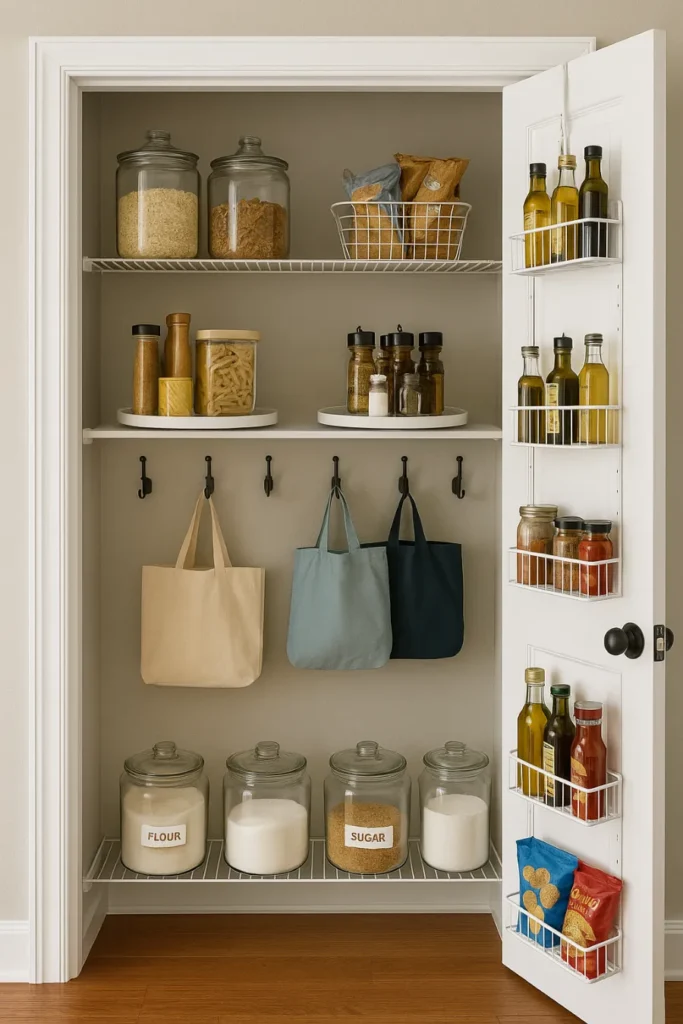
No matter how big or small your pantry closet is, maximizing space is the real magic trick.
- Adjustable Shelving: Customize shelf heights to fit tall cereal boxes or short spice jars.
- Undershelf Baskets: Add instant extra space under existing shelves. Great for bread or snacks.
- Over-the-Door Racks: Store spices, teas, or snacks on the inside of the door.
- Hooks: Add adhesive hooks for measuring cups, oven mitts, or even chip bags.
If you’re working with a small pantry closet, vertical space is your best friend.
Specialized Organizers
Sometimes the right tool makes all the difference.
- Lazy Susans: Spin your way to sauces, oils, and condiments without digging through the back.
- Tiered Stands: Perfect for canned goods so nothing gets buried.
- Pull-Out Drawers: Great for storing heavy items or appliances like mixers.
- Rolling Carts: Portable snack stations that can be tucked inside a pantry or rolled out when needed.
These small investments can completely change how your pantry functions.
Style Meets Function
An organized pantry doesn’t just save time—it can also elevate your kitchen’s look.
- Use a mix of woven baskets and clear bins for balance.
- Stick to one or two container styles for a cohesive look.
- Add wooden crates or fabric bins to hide less attractive packaging.
A pantry closet can be both practical and beautiful, giving you that satisfying “Pinterest-worthy” vibe every time you open the door.
Kid-Friendly and Family Systems
If you’ve got little ones, think accessibility.
- Keep healthy snacks like fruit cups or granola bars on lower shelves in clear bins.
- Use a Lazy Susan for juice boxes so kids can spin and grab without knocking everything over.
- Create a dedicated “lunchbox zone” so mornings run smoothly.
These small tweaks make your pantry work for the whole family.
Maintenance Tips
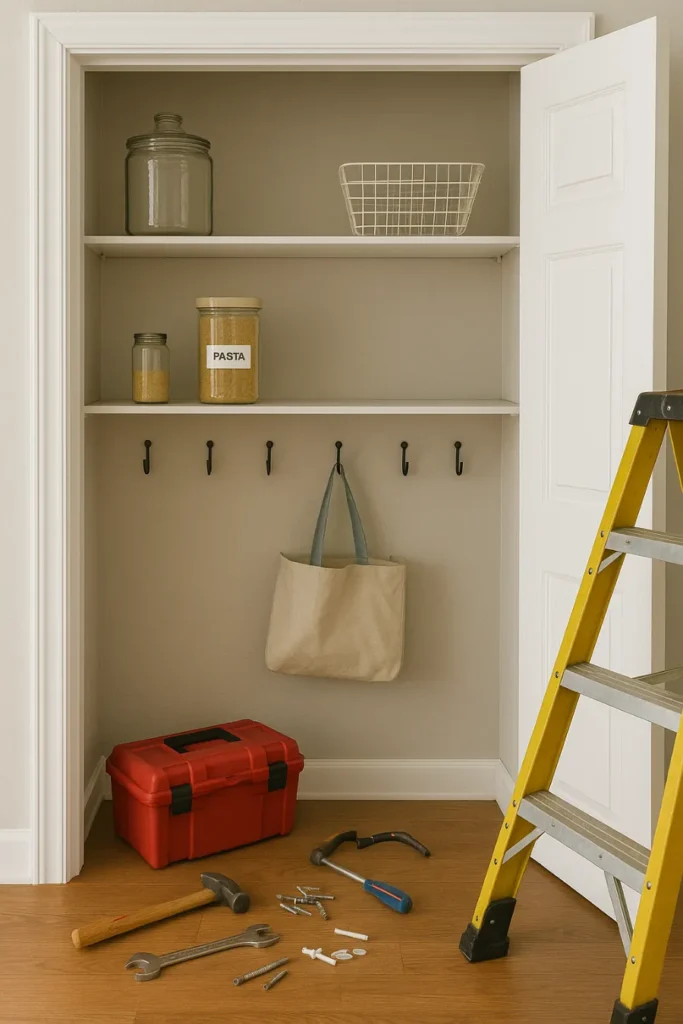
The hardest part of how to organize a pantry closet isn’t the setup—it’s the upkeep. But it doesn’t have to be overwhelming.
- Weekly Touch-Ups: When you unload groceries, spend 5 minutes returning items to their zones.
- Seasonal Clean-Outs: Every few months, wipe down shelves, re-label containers, and toss anything expired.
- Stay Flexible: Don’t over-categorize. Keep zones simple so it’s easy to maintain.
Remember, organization is not about perfection—it’s about creating a system that works for your lifestyle.
Final Thoughts
Learning how to organize a pantry closet isn’t about buying the most expensive bins or achieving a magazine-perfect look. It’s about creating a system that saves you time, money, and stress while making your kitchen a more joyful place to be.
Start small. Declutter, group, and add containers one step at a time. Before long, you’ll have a pantry closet that feels functional, looks beautiful, and makes cooking (and life) so much easier.



